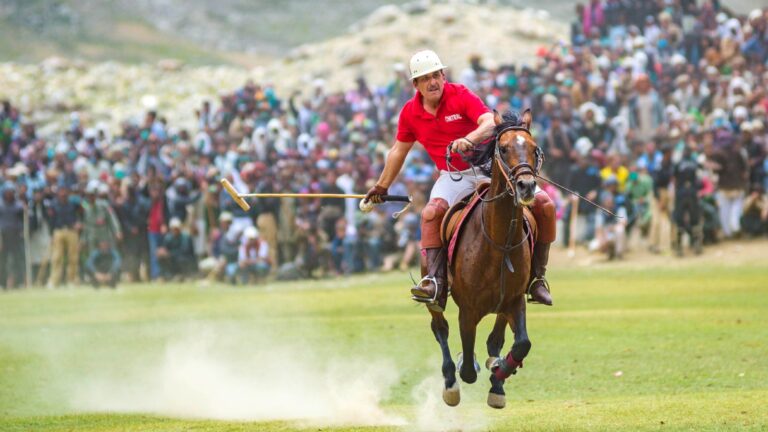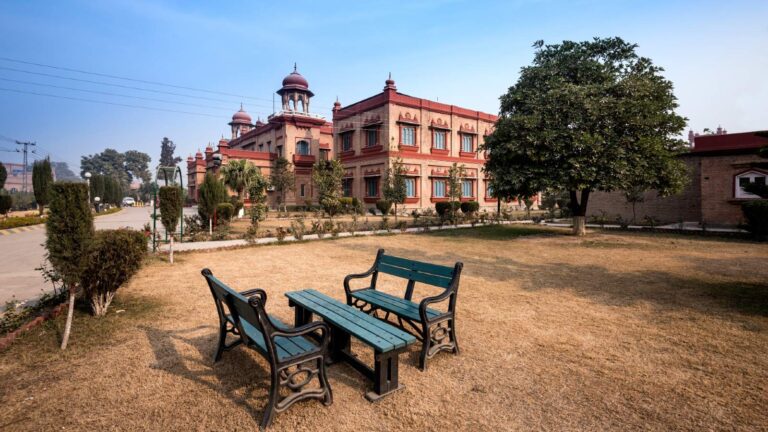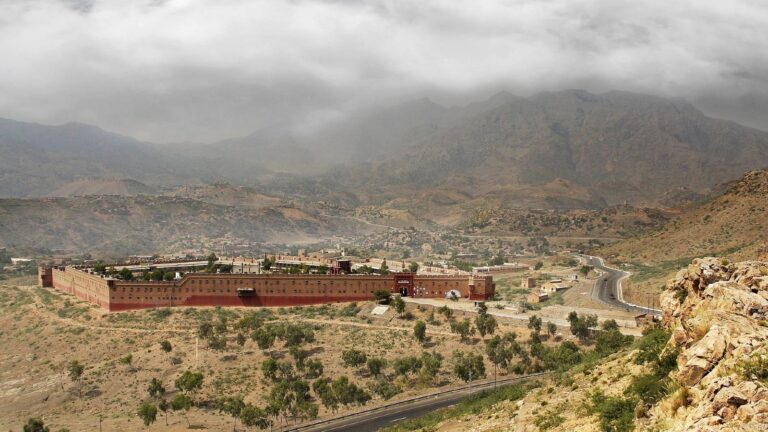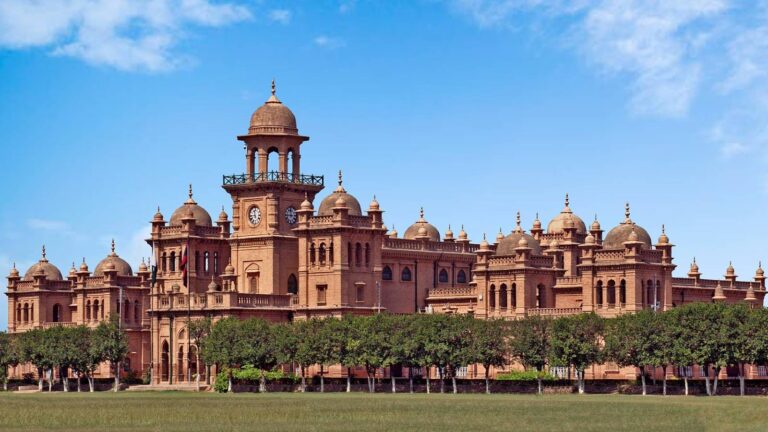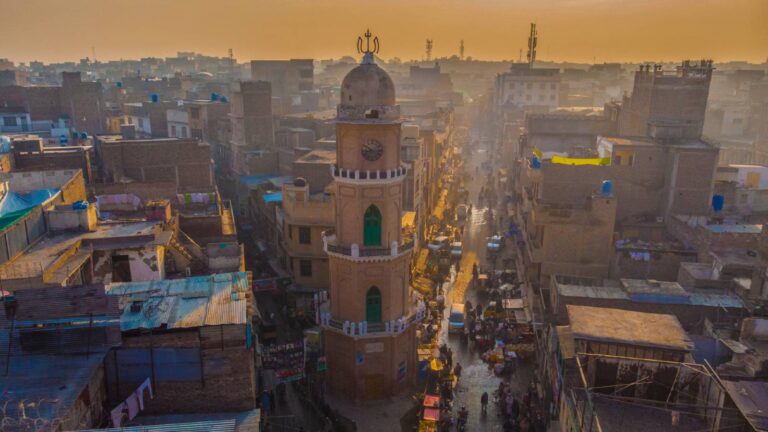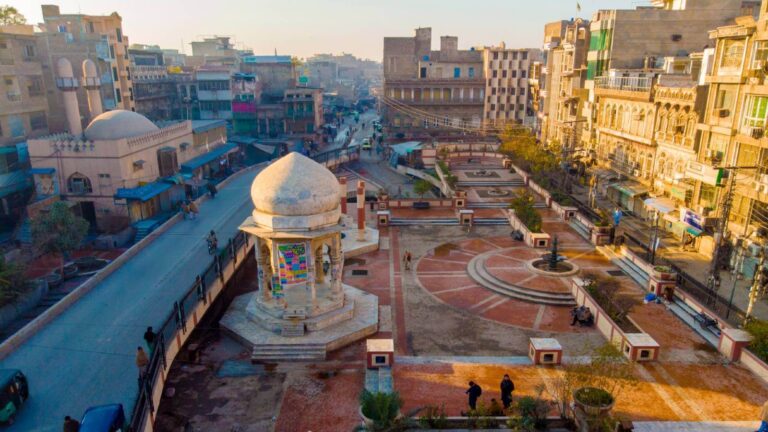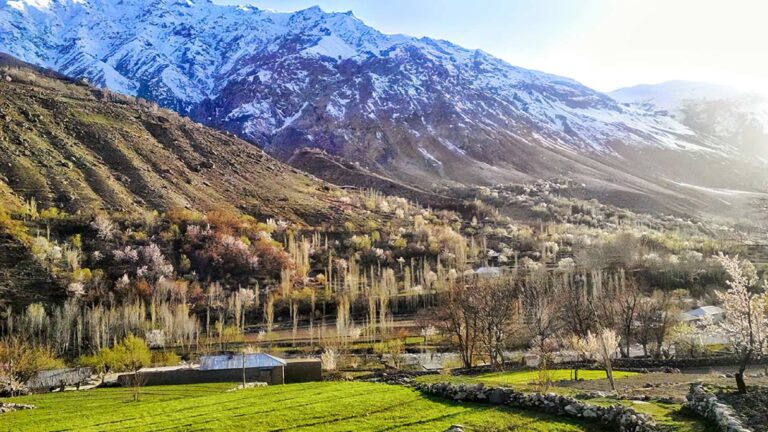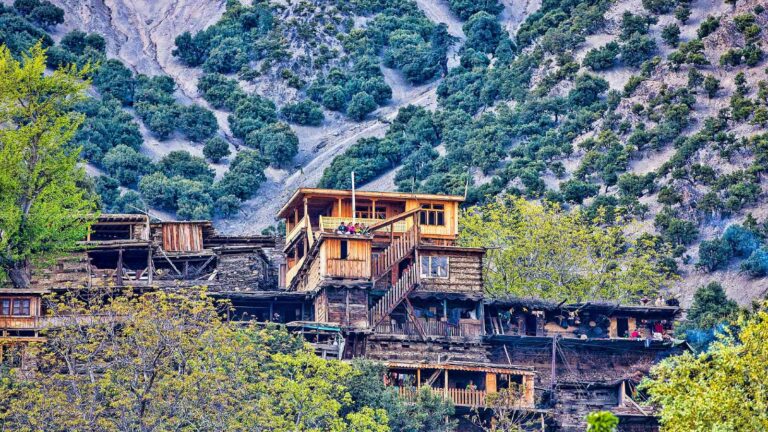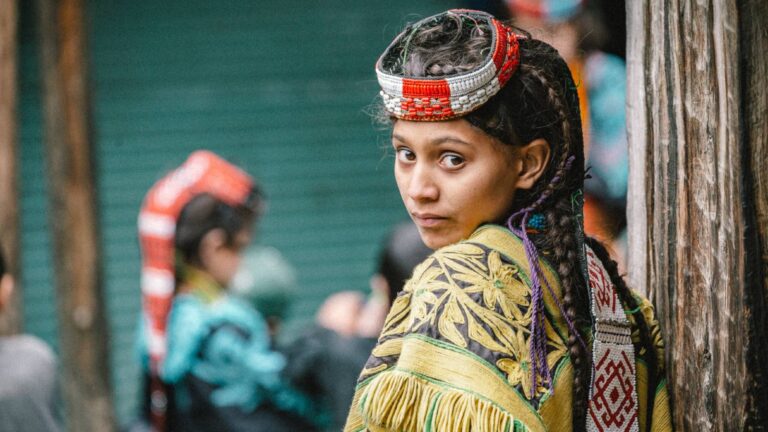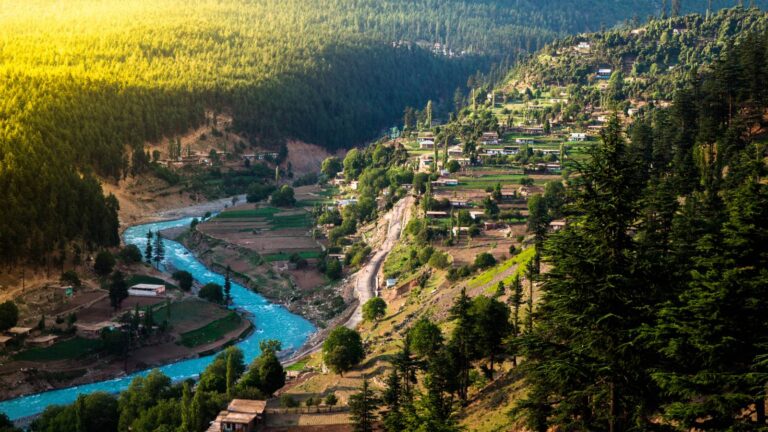Main image: Muhammad Zahir, CC BY-SA 3.0, via Wikimedia Commons
Getting There
Jamal Garhi was a Buddhist monastery from the 1st to the 5th century AD at a time when Buddhism was flourishing in this part of the Indian subcontinent. and the distance of Jamal Ghari from Islamabad is 200 km and from Peshawar is 100 km
By roads: You can easily Travel to Jamal Garhi from different province and cities of Pakistan by a large network of roads. You can reach Jamal Garhi by Bus, Car, Coaches, and Daewoo from different parts of the country. It is mainly connected with capital of Pakistan (Islamabad) by Motorway M-1 and Via National Highway.
By Train: You can travel by train to Nowshera from where you can Jamal Garhi by public transport or in your car.
By Air: The nearest airport that can be used for air travel to Jamal Ghari is Bacha Khan International Airport
What to Expect
Tourists from different countries visit the Jamal Garhi ruins every year. The ruins at the top of the hill offer a beautiful view that attracts tourists. Buddhists come here every year for worship. It is located on the Katling-Mardan road in the Khyber Pakhtunkhwa province of northern Pakistan, 13 km from Mardan.
Jamal Garhi was a Buddhist monastery from the 1st to the 5th century AD at a time when Buddhism was flourishing in this part of the Indian subcontinent. There is a beautiful monastery and central stupa, surrounded by slippers. The locals call this place ‘Jamal Garhi Kandahar or Kafiro Kot’. Buddhists come here every year for worship.
History
Jamal Garhi was a Buddhist monastery from the first until the fifth century AD at a time when Buddhism flourished in this part of the Indian subcontinent. There is a beautiful monastery and main stupa, surrounded by chapels closely packed together.
The site is called ‘The Jamal Garhi Kandarat or Kafiro Kote ’ by the locals Jamal Garhi was established during the era of Gandhara civilization when Buddhism flourished within the Indian subcontinent.
According to Sir John Marshall, a famous British archaeologist, the monastery is one of the earliest sites built in the region. It was first discovered by Sir Alexander Cunningham in 1848 and excavations were carried out from 1852 to 1873. Buddhist and Kharosthi inscriptions were discovered during the work and portions were shifted to Peshawar Museum for display and preservation.
Recent excavations in 2012, funded by the government of Japan and UNESCO, discovered coins from 158 CE, sculpture plate, head of Buddha and traces of a lake, and other findings. The main stupa is surrounded by chapels.
The site also contains a row of quarters used as residences for scholars and monks. Archaeologists suggest Jamal Garhi represents all parts of a Buddhist settlement with chapels and quarters surrounding the monastery.
Facilities Available
- Many hotels and motels are located on the road side with beautiful views of the mountains.
- Bazaars with local food and handicrafts are the main attraction of the area.
- Landline and mobile connectivity makes it comfortable for the tourists to communicate.
- Local tourist’s guides are also available for tourist facilitation.
- Local and private transport is easily available 24/7.

